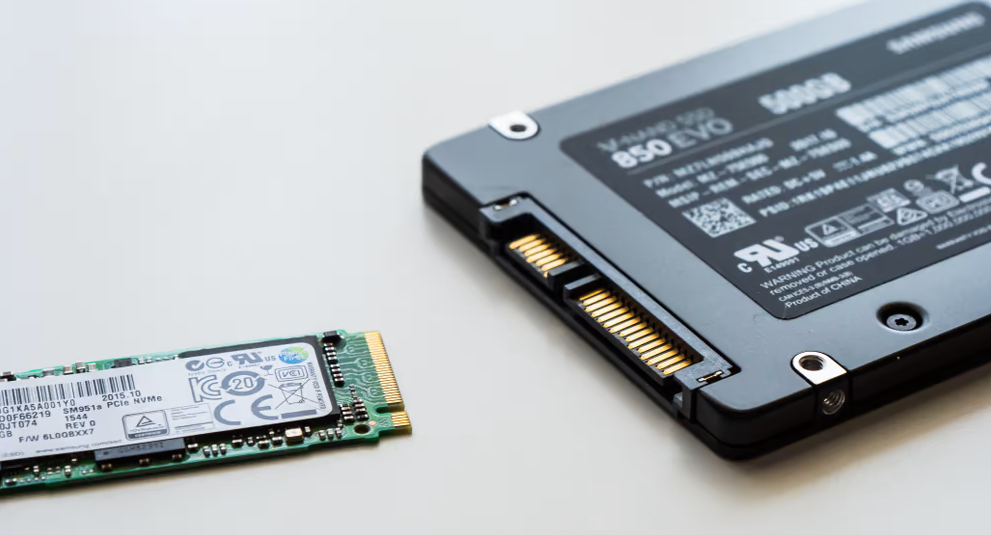News
Scality Analysis of HDD and SSD Power Densities: A Technical View

Hard disk drives (HDDs) and solid-state drives (SSDs) are compared for power density under various conditions in a recent technical analysis by storage provider Scality. Contrary to popular assumption, SSDs do not always offer better energy efficiency than HDDs despite not having any moving parts. According to Scality’s statistics, HDDs can offer a power density advantage over SSDs that ranges from 19% to 94%, depending on workload and disk capacity. In the study, HDDs argue against the notion that SSDs’ reduced power consumption can be linked to their non-moving composition because they have moving mechanical components such platters and actuator arms.
The research highlights HDDs’ power consumption efficiency, not necessarily their performance, using the Micron 6500 ION 30.72TB QLC SSD and the Seagate Exos X22 22TB 7,200 RPM HDD for comparison examination. Using the terabyte per watt (TB/watt) metric for power density, HDDs have a 19% advantage over SSDs in read-intensive workloads and a 94% advantage over SSDs in write-intensive jobs. Although HDDs require 14% more power when idle, they use 37% less power and 68% less power when actively reading and writing. Similar patterns may be seen in heavy workloads, with HDDs consuming 40% and 63% less power during read- and write-intensive processes, respectively. It’s important to note that as drive capacities change, these figures may change.
Scality used two main models for their tests: one focused on read-centric jobs with 10% idle, 80% reading, and 10% writing, and the other on write-intensive tasks with 10% idle, 10% reading, and 80% writing. Drives were run at power levels that matched these distributions. Scality adds that other factors should be considered in addition to power consumption when deciding between SSDs and HDDs. The choice should take into account certain workload requirements. HDDs manage workloads involving unstructured data well, whereas SSDs are best for read-intensive and latency-sensitive processes.













